UP TO THE MINUTE
COVID-19: Liability Waivers and the Protection of Employees

By Cotney Construction Law, LLP.
As states and businesses begin the process of reopening from the coronavirus stay-at-home orders, employers and their employees face a new category of risk and liability.
What steps can you take to protect your company and what responsibilities do you owe your employees? While it may be true that many of the legal mechanisms are still being worked through, as far as construction operations go, COVID-19 is one more risk added to the bunch.
To begin, the construction industry is not new to dealing with risks; there are mechanisms that your businesses currently rely upon that can be modified to apply to COVID-19. In fact, your current contracts likely contain provisions waiving liability in certain events. If expanded, these provisions can specifically address the risks associated with the coronavirus pandemic. For example, many recreational businesses (gyms, ski resorts, and children’s camps) require a signed liability waiver before allowing participation in activities. Often included on the admission ticket, this waiver describes the inherent risk of the activities and the participant’s acceptance of the risk. This same method of protection can be used by your company in the construction industry. A contract provision or a form added to the materials and clearly presented to a client can be used to gain these protections. In states like Colorado, liability waivers such as this have a long history of being enforceable. While other states, like California, may not enforce the waiver if it is challenged. Even if it is not enforceable, a clearly presented waiver puts the client and employees on notice of the risks. It also shows that your company is taking every step to ensure the protection of each party involved. With that in mind, it is especially important to not stop at a liability waiver.
That brings us to the next question: how can a construction company protect its employees and clients? Unfortunately, there is no catch-all solution, and that is likely to be the case until a vaccine is widely available. But, like any other risk, the best solutions are to educate, mitigate, and supervise. Just like all the risks a construction worker faces, they need to be educated on it. To do so, your company should hold COVID-19 safety seminars. These seminars should present the most recent guidelines from sources like the Center for Disease Control and Prevention (CDC) and The Occupational Safety and Health Administration (OSHA). It should identify potential symptoms and mechanisms to reduce transmission. More importantly, these seminars should also inform your employees of the steps your company is taking to keep them safe. Such as social distancing procedures, providing personal protective equipment (PPE), sanitation stations, screening methods, and any new policies for sick leave etc.
On top of that, OSHA requires employers to make a “good faith effort” to determine how any worker infected with the virus contracted it. OSHA recognizes that smaller employers have limited resources to do this. Keeping that in mind, screening is not a requirement, but it is also not a substitute for other protective measures. Even if resources are limited, your company can keep track of sick leave within crews. When a new employee goes on sick leave, your company should ask basic questions to learn more about the situation, such as how they think they contracted the virus, how long ago that was, and if they felt any symptoms while at work? These questions will help you protect other employees and clients, while also preparing you in case others become ill. These actions become especially important, to prevent work-related transmission of the disease. In many states, workers’ compensation laws protect from suits against transmission of communicable diseases. In those that do not, the law is still developing. In any matter, the steps you and your company take to monitor your employees’ health and prevent transmission early on will have a return by protecting the health of your entire operation for the near future.
While the risks of COVID-19 to individuals and companies alike are still being understood, there are measures that all companies use on a regular basis that can be expanded to address these unprecedented times.
Contact Cotney Construction Law for additional information.
Disclaimer: The information contained in this article is for general educational information only. This information does not constitute legal advice, is not intended to constitute legal advice, nor should it be relied upon as legal advice for your specific factual pattern or situation. Regulations and laws may vary depending on your location. Consult with a licensed attorney in your area if you wish to obtain legal advice and/or counsel for a legal issue.


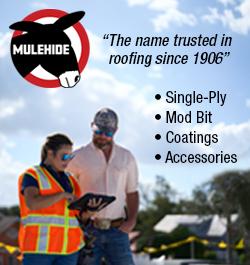

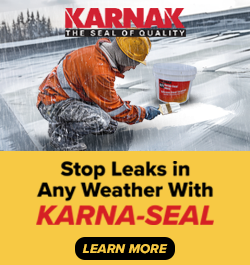







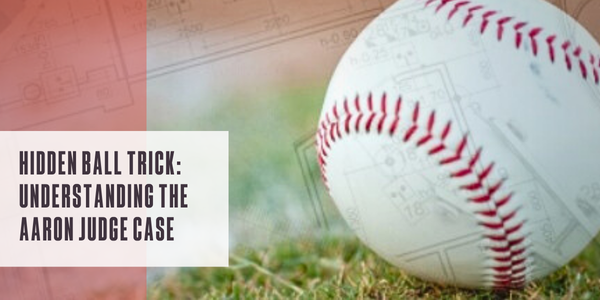
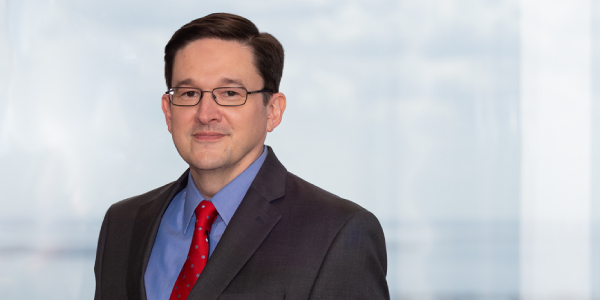
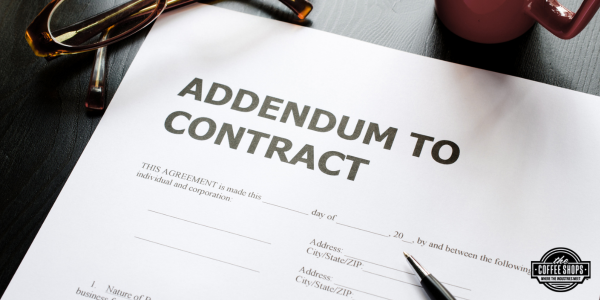


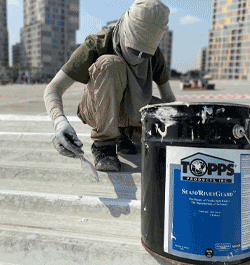


Comments
Leave a Reply
Have an account? Login to leave a comment!
Sign In